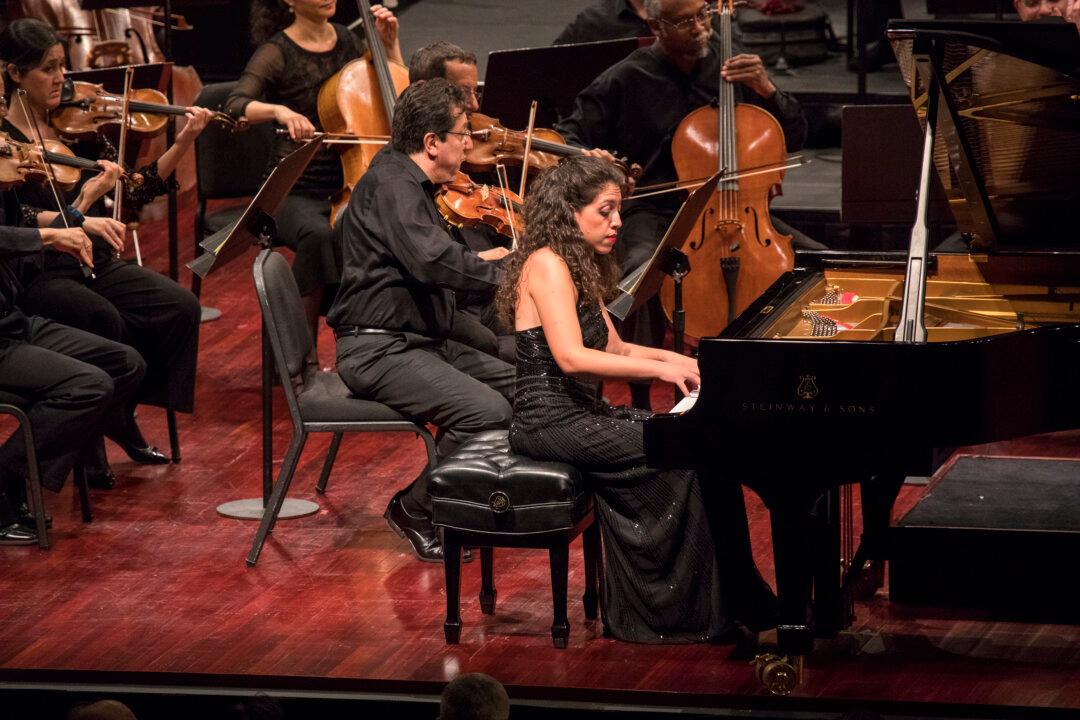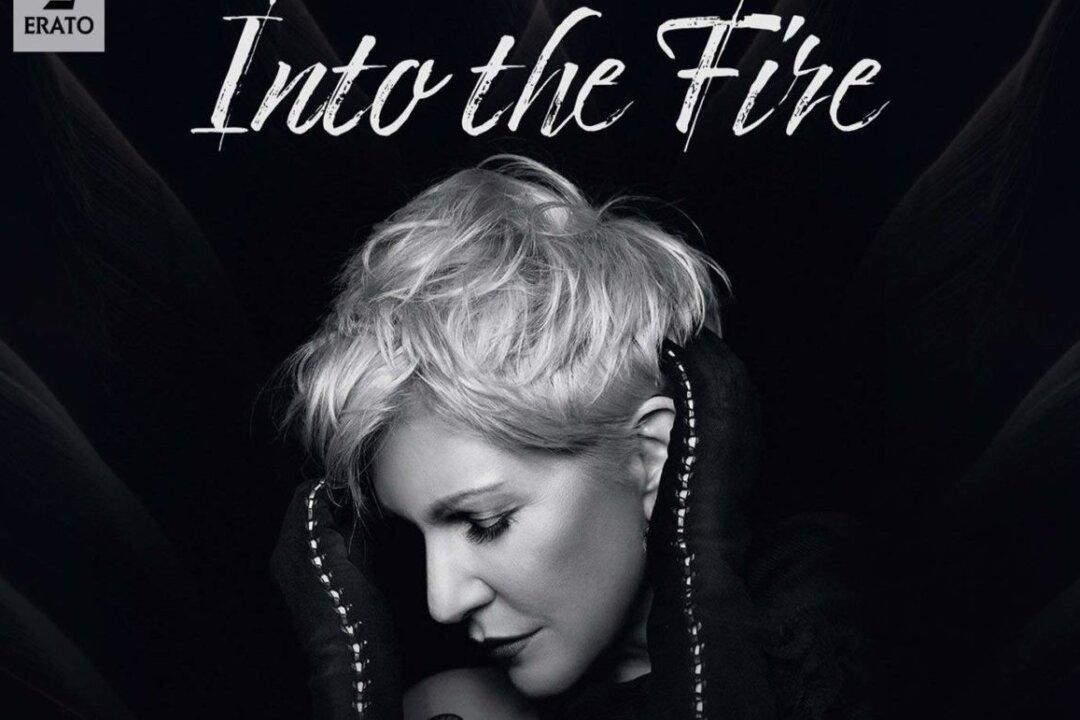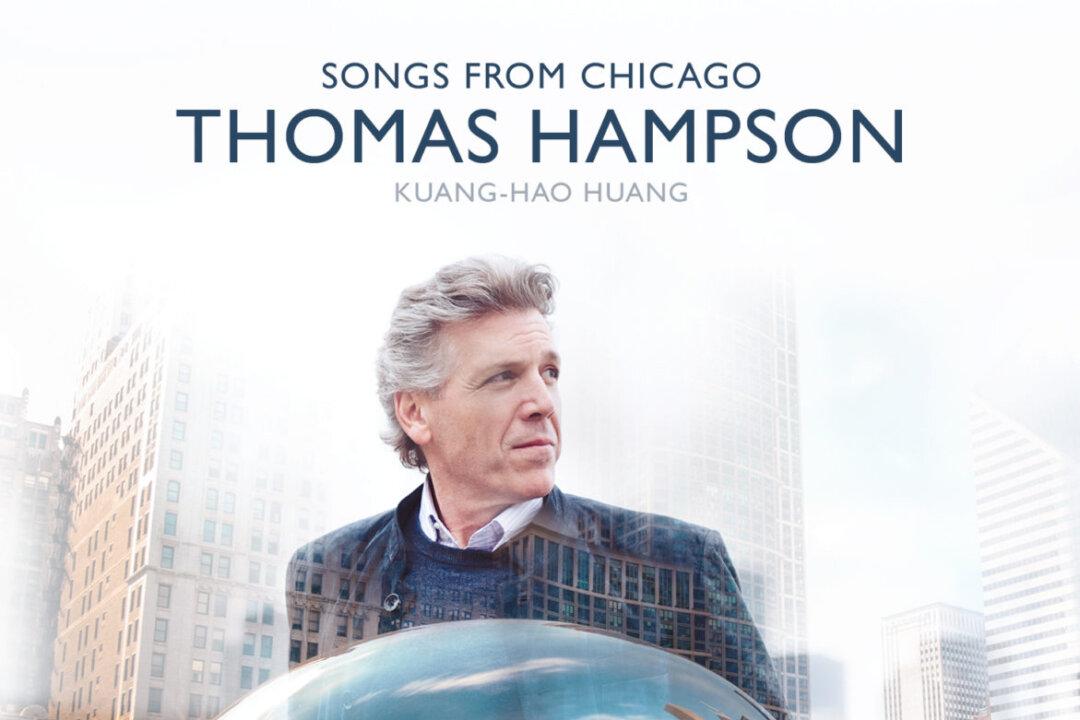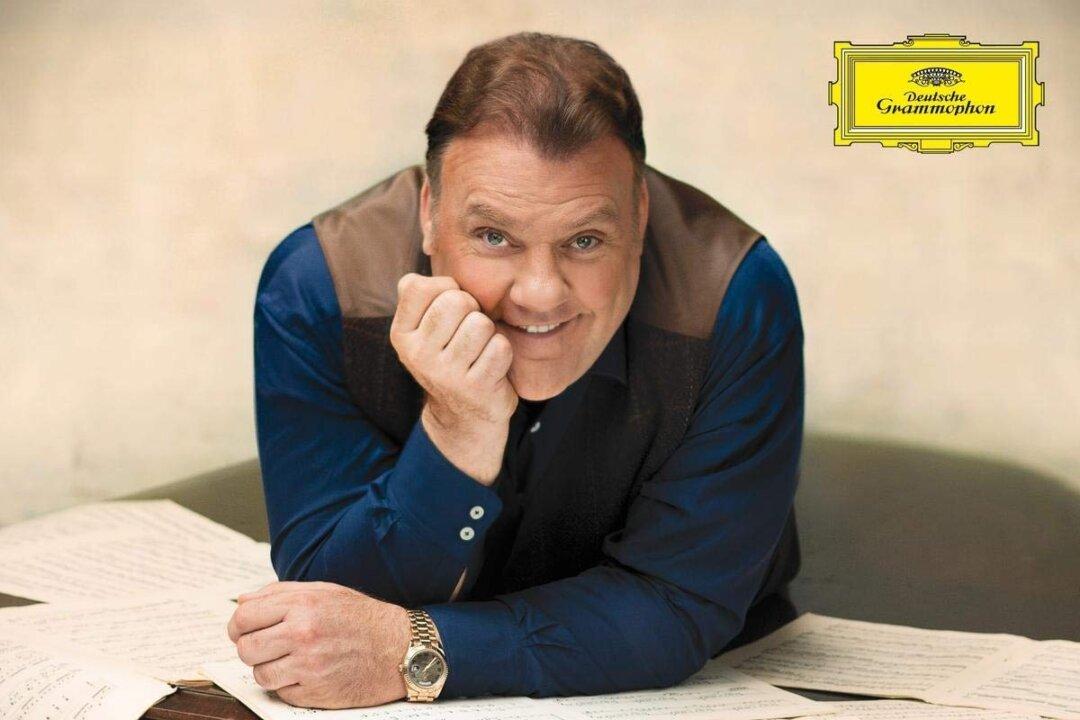NEW YORK—The Mostly Mozart concert on Aug. 4 may be best remembered for marking the New York debut of Beatrice Rana, but the orchestral pieces were equally stunning.
The 24-year old Beatrice Rana demonstrated why she is being hailed as a rising star with a pre-concert piano recital of a Bach piece, and she performed as a soloist with the orchestra.
The pre-concert recital, included at no extra charge, was certainly worth having to show up an hour early. Rana, who was recently named Newcomer of the Year in the BBC Music Magazine Awards, played Bach’s Partita No. 2 in C minor (1727).
Musicologist and Bach-expert Malcolm Boyd has called the Capriccio part of the Partita, “a graveyard for all but the most nimble-fingered executants.” Rana, playing from memory, has such a stupendous technique that she easily overcame the technical challenges. She remained in full control throughout the six movements, which range from the stately Sinfonia through the dances (Allemande, Courante, Sarabande, and Gigue), and ending with the Rondeaux and Capriccio. At times, in some of the faster passages, Rana sounded as if she had four hands. It’s easy to understand why her Bach playing, for example, in her recording of “The Goldberg Variations,” is so highly touted.
The main concert conducted by Louis Langrée was all Beethoven (1770-1827), (who incidentally wanted to study with Mozart but didn’t have a chance to do so). The orchestra started with the “Egmont Overture” (1809–10), a piece Beethoven composed as part of incidental music for Goethe’s tragic play, “Egmont.”






